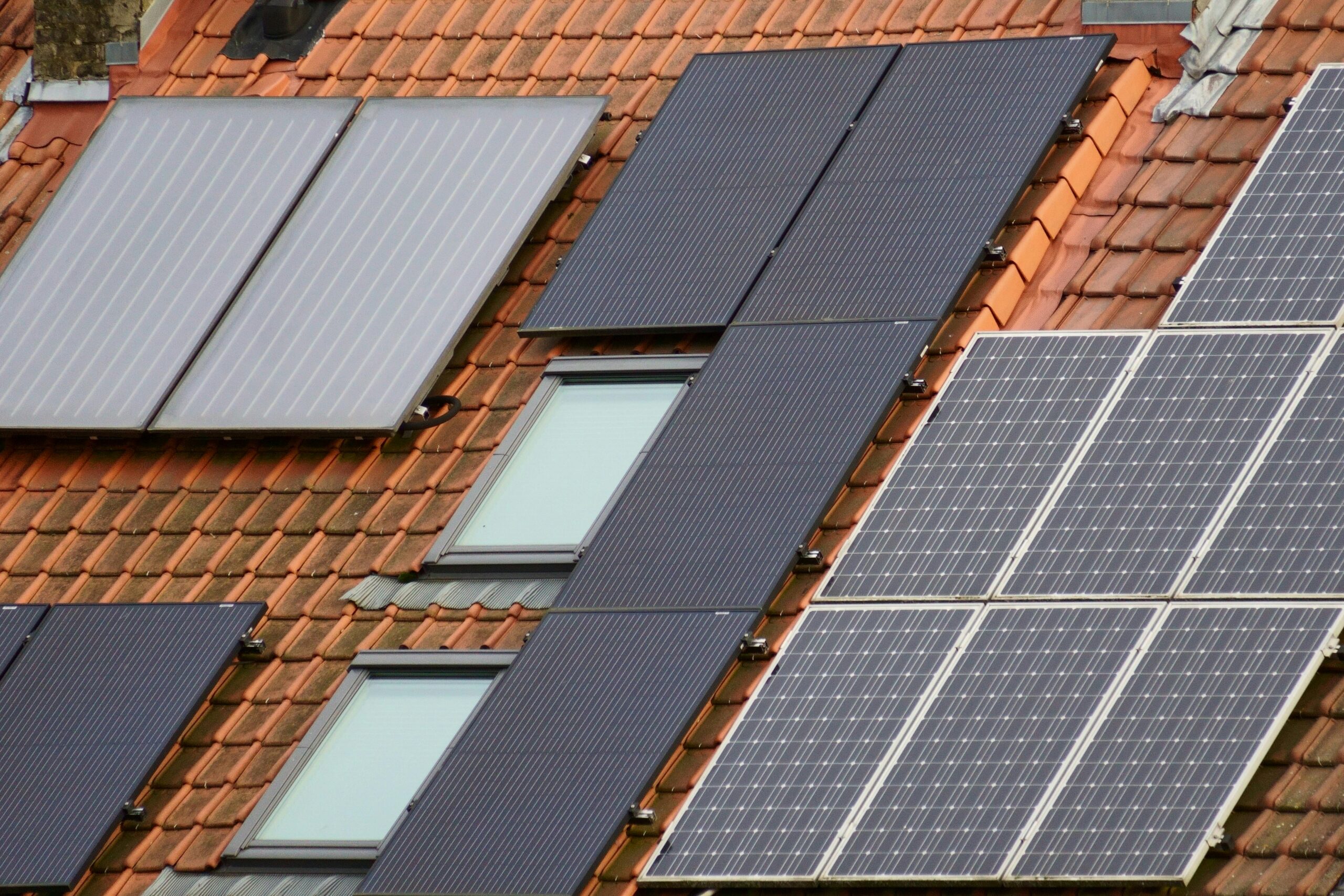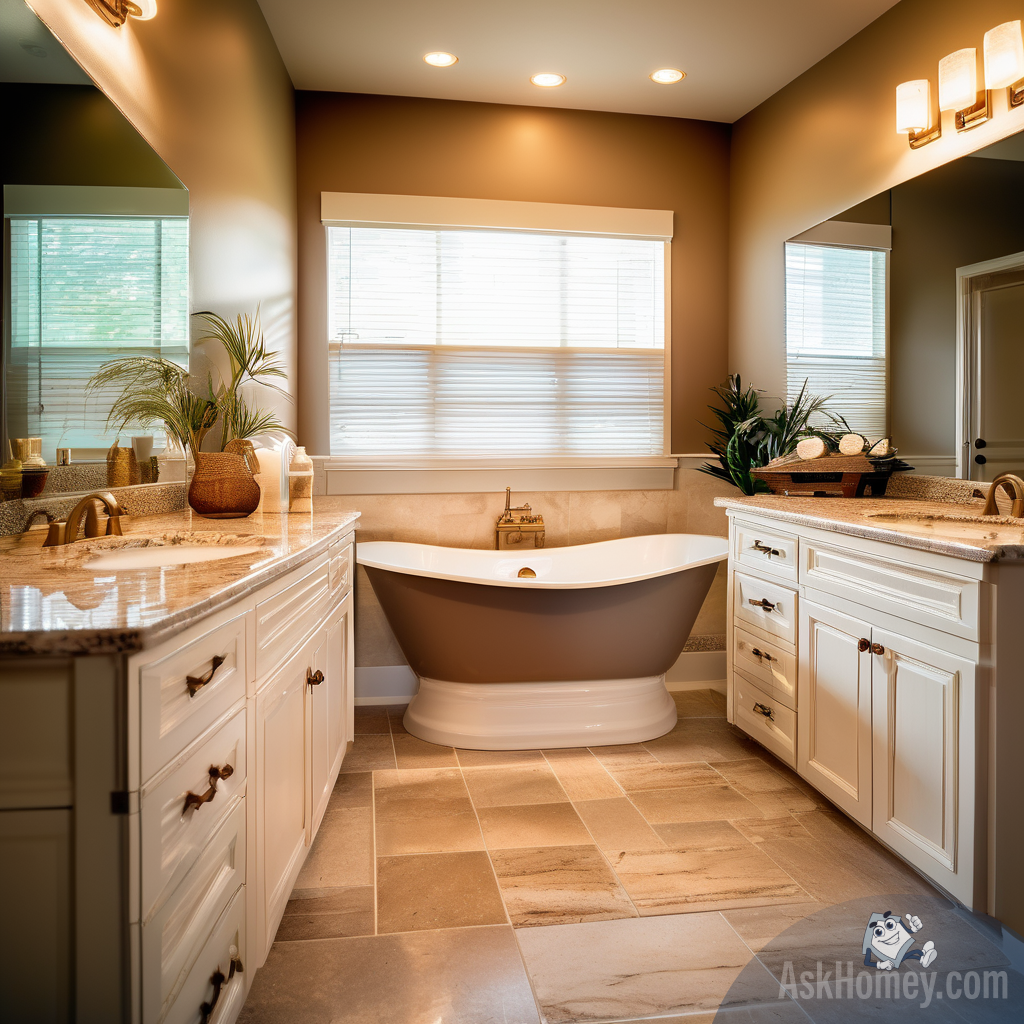The shift toward renewable energy has homeowners considering various solar options for their rooftops. Two leading contenders in this space are traditional rack-mounted solar panels and the newer, more streamlined solar shingles (including products like the Tesla Solar Roof). This article examines these competing technologies across several crucial factors: visual appeal, energy production capabilities, installation complexity, and overall cost considerations. Understanding these differences can help homeowners make informed decisions about which solar solution best meets their energy needs while complementing their home’s appearance.
Understanding Solar Technology Options
Traditional solar panels have dominated the market for decades, consisting of photovoltaic cells mounted on racks that sit several inches above your existing roof. These panels are distinct, noticeable additions to your home’s profile. In contrast, solar shingles represent a newer approach to solar technology, designed to integrate seamlessly with your roof’s appearance. Unlike their bulkier counterparts, these shingles serve dual purposes—they function as both roofing materials and solar collectors. The Tesla Solar Roof has gained significant attention in this category, offering what many consider the most aesthetically refined integrated solar roofing solution currently available.
Aesthetic Considerations
The visual difference between solar shingles vs solar panels represents perhaps the most striking contrast between these technologies. Traditional panels remain visibly separate from your roof, creating a distinct technological appearance that some homeowners find unappealing. Solar shingles, meanwhile, offer a much more integrated look that maintains your home’s architectural integrity. For homeowners in historic neighborhoods or those simply concerned about curb appeal, these aesthetic solar solutions provide significant advantages. The Tesla Solar Roof review comments frequently highlight its sleek, nearly indistinguishable appearance from conventional premium roofing materials—a feature that has made it particularly attractive to aesthetically-conscious homeowners.
Energy Production and Efficiency
When comparing the efficiency of solar shingles to traditional panels, several factors come into play. Conventional panels typically offer superior energy production per square foot—they can be angled optimally toward the sun and allow for better airflow underneath, which improves performance in hot weather. Most traditional panels convert 18-22% of sunlight into electricity. Solar shingles generally achieve slightly lower efficiency ratings, typically around 15-18%. This difference means that to generate equivalent power, integrated solar roofing systems often require more surface area. However, manufacturers like Tesla continue to improve their technology, gradually narrowing this efficiency gap while maintaining the aesthetic advantage that makes solar shingles appealing.
Installation Complexity and Timeline
Installation represents another significant difference between these solar options. Traditional panels can be installed on existing roofs, often in just a few days. The process is relatively straightforward and doesn’t require complete roof replacement. In contrast, solar shingles typically involve replacing your entire roof, resulting in a more complex and time-consuming installation process. Those considering a Tesla Solar Roof review should note that installations can take 1-2 weeks or longer, depending on roof complexity. However, if you already need a new roof, this integrated approach can be advantageous, combining two projects into one and potentially saving on overall labor costs.
Cost Comparison
Perhaps the most significant consideration for many homeowners is the integrated solar roofing cost versus traditional panels. Conventional solar panel systems typically cost $15,000-$25,000 for an average home before incentives. Solar shingles, particularly premium options like the Tesla Solar Roof, generally come with a substantially higher price tag—often $40,000-$70,000 for a complete system. This price difference reflects both the newer technology and the dual functionality as both roofing material and energy generator. When evaluating this cost differential, homeowners should consider whether they need a new roof anyway, as the comparative economics become more favorable for shingles in that scenario. For personalized quotes from local installers who can help you navigate these options, AskHomey can connect you with qualified professionals in your area.
Durability and Warranty Considerations
Both solar technologies offer impressive durability, though in different ways. Traditional panels typically come with 25-30 year warranties on power production, while the mounting hardware may have shorter coverage. Solar shingles often feature similar power warranties but add the benefit of serving as your actual roofing material. The Tesla Solar Roof, for instance, comes with a 25-year warranty covering both energy production and weather protection. This dual functionality can provide peace of mind regarding the long-term protection of your home, potentially offsetting some of the higher initial integrated solar roofing cost.
Making Your Decision
Choosing between solar shingles and traditional panels ultimately depends on your specific priorities. If maximum energy production per dollar invested is your primary concern, conventional panels likely represent the better value. If aesthetic integration and maintaining your home’s architectural character matter most, solar shingles offer compelling advantages despite their premium price. Either choice represents a significant step toward sustainable energy production and reduced utility bills for decades to come.
For more tips and to connect with reliable home service professionals, follow AskHomey on Facebook and Instagram.



